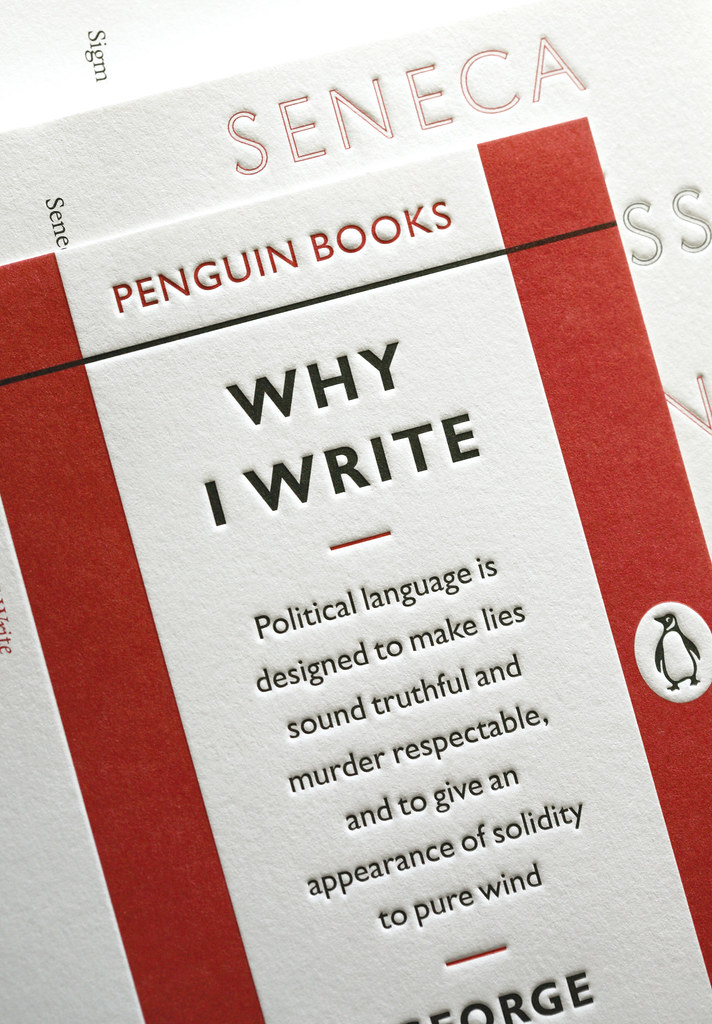 Penguin Great Ideas
Penguin Great Ideas
Does British designer David Pearson really need an introduction?
Even if you don’t recognise the name immediately — and perhaps it is less familiar on this side of the Atlantic — then you will almost certainly recognise David’s type-driven design work: Penguin by Design by Phil Baines, Pocket Penguins, Penguin Great Loves, Penguin Great Journeys, Penguin Reference, and, of course, the astonishing Penguin Great Ideas series.
When the first set of Great Ideas titles arrived they looked like nothing else in the bookstore. Each cover was unique and yet they all fitted perfectly within the series. Their thick paper covers, limited colour palette and bold typography were clearly a wink to the design history of Penguin books (and perhaps the Arts & Craft movement) but also imaginative, playful, and starkly modern.
Since then, there have been three more sets in the Great Ideas series with a fifth on the way. David still works with Penguin, but has set up his own firm. He has designed covers for Éditions Zulma, and somehow found the time to help launch White’s Books.
David and I chatted over email…
 Illustration by Michael Kirkham; design by David Pearson
Illustration by Michael Kirkham; design by David Pearson
How did you get into book design?
Whilst at college I was lucky enough to be offered a work placement by my Typography tutor, Phil Baines. The job was to design a large-scale art monograph for Phaidon Press and Phil walked me through every stage of the book’s production, from styling the edited manuscript through to the final layouts. I even got to run my designs past Alan Fletcher, who at the time was responsible for overseeing Phaidon’s visual output. This seemed like an absurdly privileged position for a student to be in. The first time I went to Phil’s studio he told me off for not aligning the letters on his hot and cold taps so you can imagine how fastidiously constructed my pages became under his tutelage. Before long I began to laugh at Phil’s funny ways and he in turn mocked my special design slippers. A friendship was born, nicknames were awarded and my first experience with books turned out to be an entirely lovely one. Moving into my third year, I knew that book design was for me and began to check Penguin’s website every week for job vacancies. For all sorts of obvious reasons I knew that I wanted to work for the company and made sure that I checked throughout my final year at college, desperate as I was to remain in London afterwards. I got lucky and landed a job as text designer (setting the insides of books) the day after I graduated.
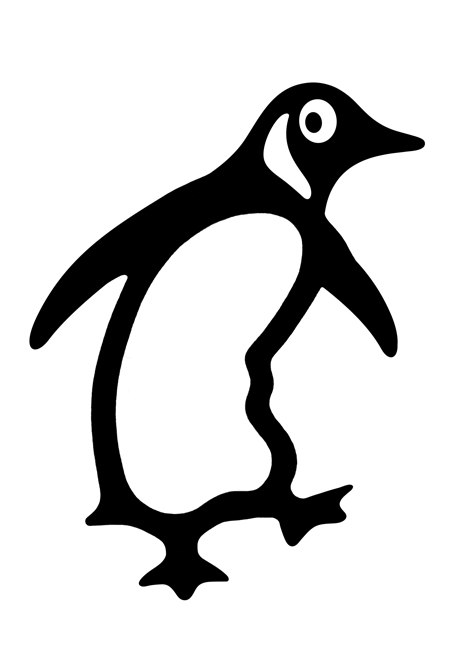 This is a terrible question, but I’m curious: Which came first, your interest in Penguin’s design history, or designing books about Penguin’s design history?
This is a terrible question, but I’m curious: Which came first, your interest in Penguin’s design history, or designing books about Penguin’s design history?
Oh, absolutely the former. I was already an avid collector and the idea for a design retrospective was one that I’d run past my Art Director before it was eventually tagged onto the company’s 70-year anniversary celebrations. I’d always wanted to get into the archives and have a really good poke around and fortunately for me, this gave me the perfect excuse. If I was unaware of the magnitude of the company’s past achievements they very quickly became apparent as I worked my way through the vast isles of books.
 The Penguin archive
The Penguin archive
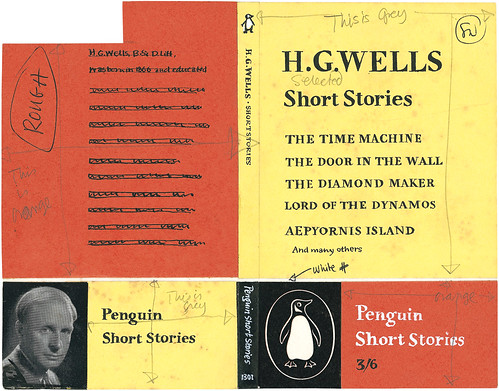 Experimental layout from the Penguin archive
Experimental layout from the Penguin archive
What was it like working with designer and typographer Phil Baines on Penguin By Design?
Having been given an enormous amount of freedom by the company (to personally manage the project) I found myself in a position where I could enlist an author. Phil seemed like the perfect choice because of his analytical and objective writing style. The last thing I wanted was a blinkered, frothing account of the company’s history because even a cursory glance round the archive revealed some decidedly dark periods. Phil and I keep very similar hours so the book took shape very naturally and it felt strangely normal to work through the night before heading to a pub together the following morning. Indeed, because there was no framework in place for our department to produce books of this kind, I had to rely on the goodwill of my Art Director, Jim Stoddart as I would design covers during the day and then the design book at night. The lines often became blurred and I was once asked to be escorted from the building as it was judged that I had not left for over two days. Phil is currently working on Puffin by Design, a partnering edition to Penguin by Design and as much as I would’ve liked to have been asked to work on it I suspect that we’re both better off that I wasn’t!
 Artwork by Phil Baines; design by David Pearson
Artwork by Phil Baines; design by David Pearson
Your work on Penguin’s Great Ideas series won you a D&AD Yellow Pencil. What was the design brief for books?
Like all the good ones it was a happy blend of strict parameters (most notably in terms of budget) and creative freedom (there being no existing blueprint to adhere to or living authors to appease). The series’ success should be attributed to many different factors: Editor Simon Winder’s original idea was a great one, implying that world-changing thought and writing equates to Penguin, while the finished books seemed to fit a model of what people wanted from the company, a reaffirmation of Allen Lane’s original philosophy; but above all the publisher displayed an unfaltering level of confidence in the project and allowed us to break some fairly established rules in the process.
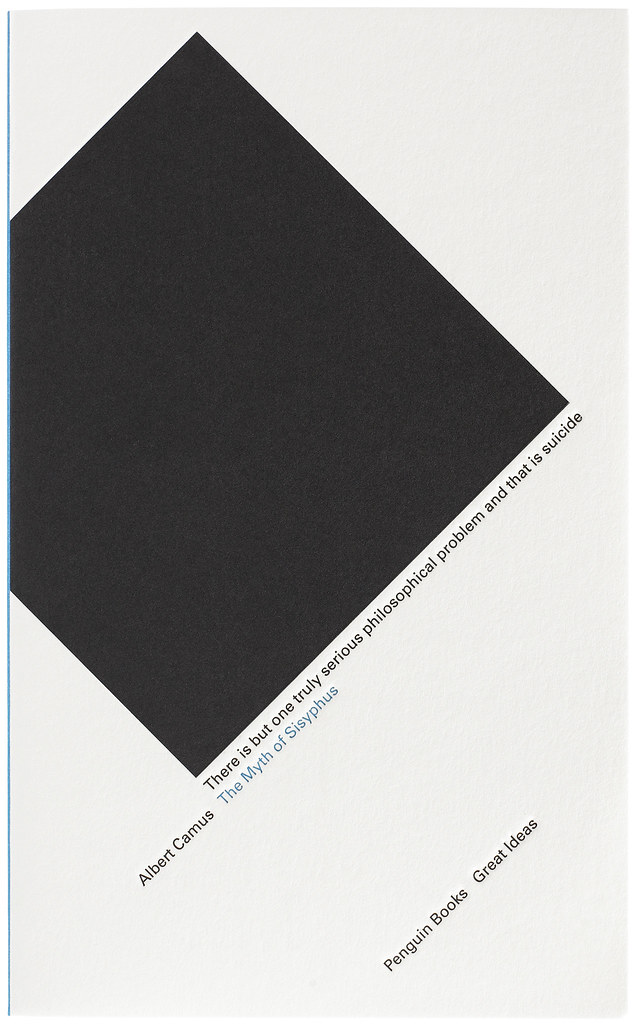 Artwork and design by David Pearson
Artwork and design by David Pearson
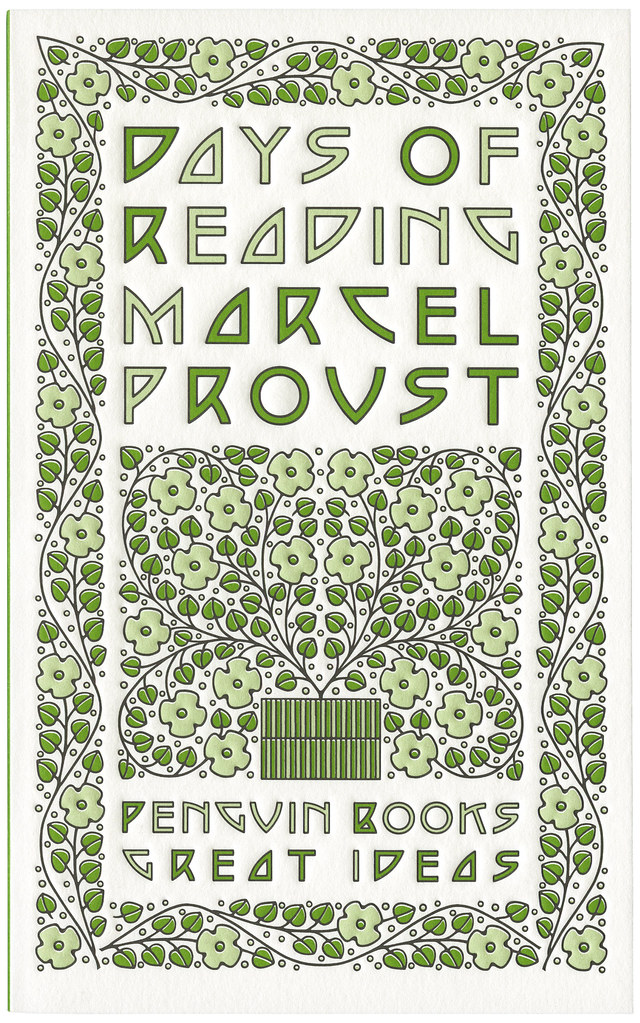 Artwork and design by David Pearson
Artwork and design by David Pearson
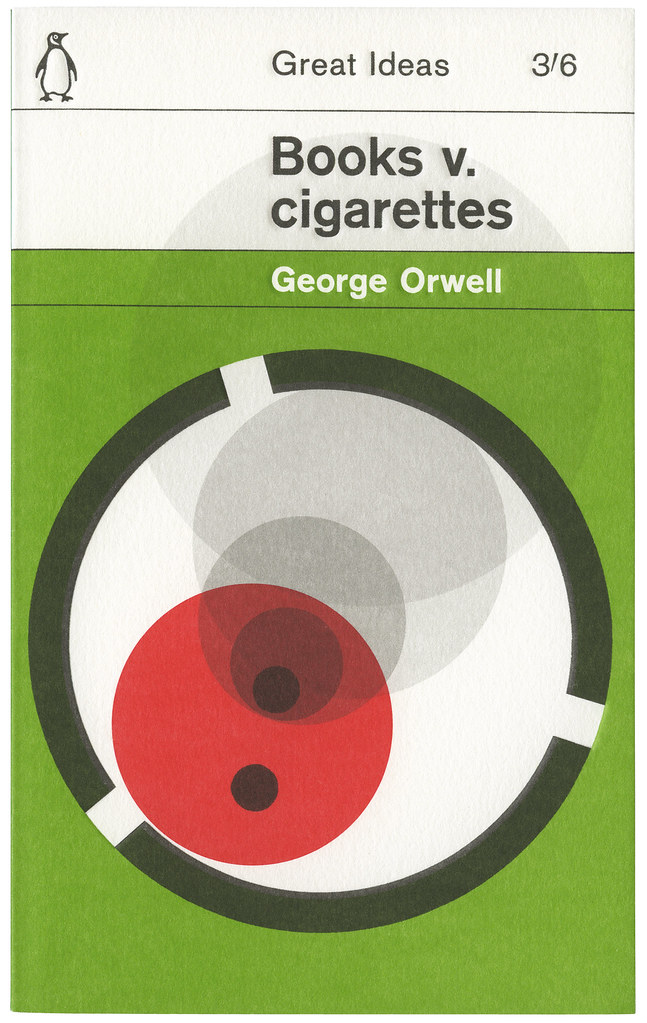 Artwork and design by David Pearson
Artwork and design by David Pearson
The fourth series of Great Ideas has just been released. Was it difficult to create interesting new designs that were consistent with the previous two series?
Speaking from my own perspective I’d say that I’ve loosened up as a designer. Looking at my earlier efforts I think I was rather inhibited and it wasn’t until I brought in Phil that I could see the true size of the project’s potential. Phil added pace and variety through his very bold, expressive cover designs and this made me realise that I too could let my hair down a little.
 Artwork by Joe McLaren; design David Pearson
Artwork by Joe McLaren; design David Pearson
 Artwork and design by David Pearson
Artwork and design by David Pearson
How is running your own studio different from working at Penguin?
There are certainly negative sides to being ‘out of house’. For example, I am no longer in a position to affect the approval of my work. Instead it has to very much stand up for itself, without the highly-sensitive designer attached. That said, I feel much calmer as a result. I may well still be in a honeymoon period but I’m enjoying managing every facet of my business – from doing the accounts to cleaning the windows. The rewards seem so much more tangible as a result.
Could you describe your design process for book covers?
Since the vast majority of what I do is type-driven, a fair amount of time is given over to researching letterforms. I am lucky enough to work just down the road from one of the world’s best typographic resources and thankfully they don’t mind me popping over to waste their time. Typophiles – in particular – can be a particularly unforgiving bunch and so time spent researching is never wasted.
 Design by David Pearson
Design by David Pearson
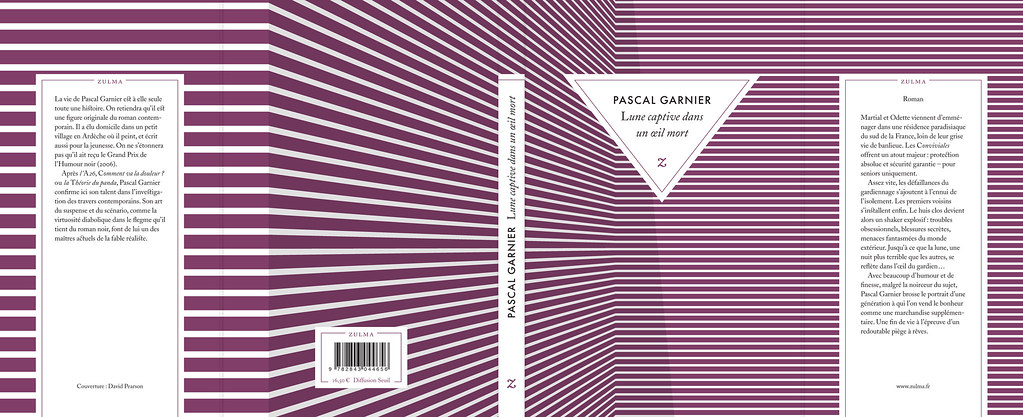 Design by David Pearson
Design by David Pearson
What are your favourite books to work on?
Working within tight constraints is a blessing. There’s nothing quite so daunting as a completely open brief as you never get the feeling that you’re solving a problem, rather just satisfying your own whims. I always feel much more creative when my palette has been limited, either by the client or by myself.
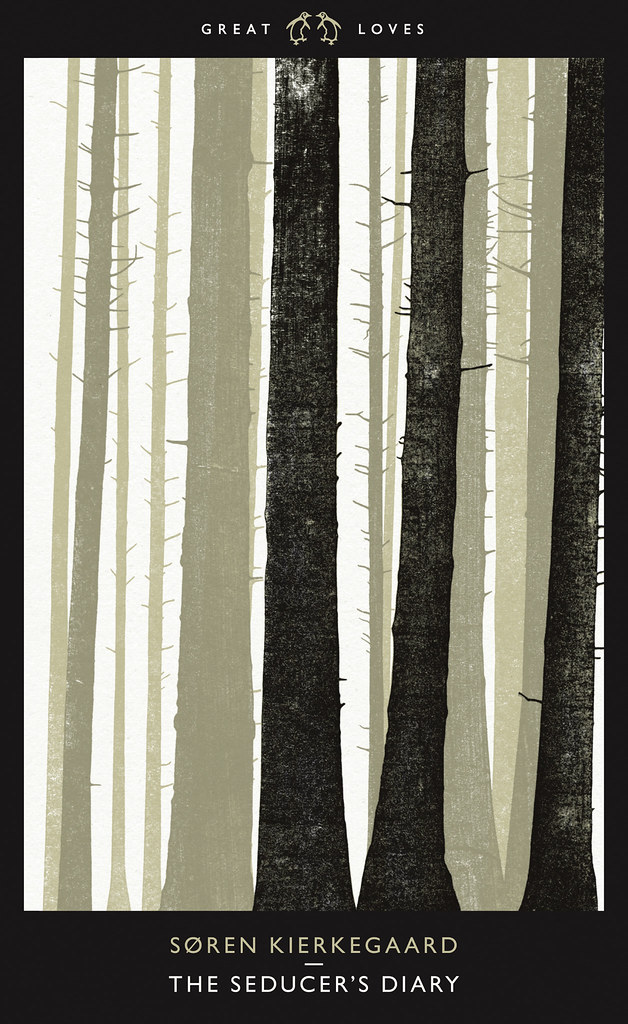 Illustration and design by David Pearson
Illustration and design by David Pearson
What are the most challenging?
Very simply, the ones that attempt to house more than one idea or repeat a sentiment. I think that book covers communicate quicker if they are boiled down to their most essential elements or rather, they have the best chance to communicate if they do one thing and do one thing purposefully. Confidence and a clarity of purpose are not found in abundance in trade publishing.
 Illustration by Victoria Sawdon; design by David Pearson
Illustration by Victoria Sawdon; design by David Pearson
Massimo Vignelli says that designers just need 6 typefaces. Should designers limit the number of typefaces they use?
Not at all. I am completely opposed to this view. While I appreciate that it takes time to fully understand and competently utilise a typeface I suspect that they all have a use for something. And doesn’t the use of such a limited palette suggest an unwillingness to shift from a preconceived agenda? This is all well and good if the client is buying into your look and trading from it but I would question whether this is a healthy starting point for someone working in the communications industry. Or, perhaps I’m just not enough of a Modernist to understand such an approach.
What are your favourite typefaces to work with?
I absolutely love Vendôme by François Ganeau and Roger Excoffon. Its over-emphasised, angular serifs brilliantly support its sensuous, bulking forms. I wasn’t in Paris in the Fifties, but Vendôme feels to me very much like Paris in the Fifties. Anything by the peerless Matthew Carter is a joy to use and I recently saved up to buy Martin Majoor’s Nexus family which I seem to be consistently delighted with.
 From David Pearson's ephemera collection
From David Pearson's ephemera collection
Where do look for inspiration and who are some of your design heroes?
Like most book designers I have a healthy collection of ephemera; matchbox and travel labels being my favourite, and a huge chunk of my salary is redirected towards book buying. My design heroes are rather predictable, but for good reason I think. Jamie Keenan’s covers always seem so fresh and live long in the memory because they require a level of decoding. Jamie is also one of those rare designers whose work is just as effective on either side of the Atlantic. Hans Schmoller’s meticulous and elegant typography reassures me on a great many levels and I can’t quite manufacture enough situations where I am working with the immensely talented Joe McLaren. Then there’s the Penguin roll call: Curtis, Miles, Gentleman, Games, Marber, Birdsall, Robertson, Aldridge, Pelham and of course, Tschichold.
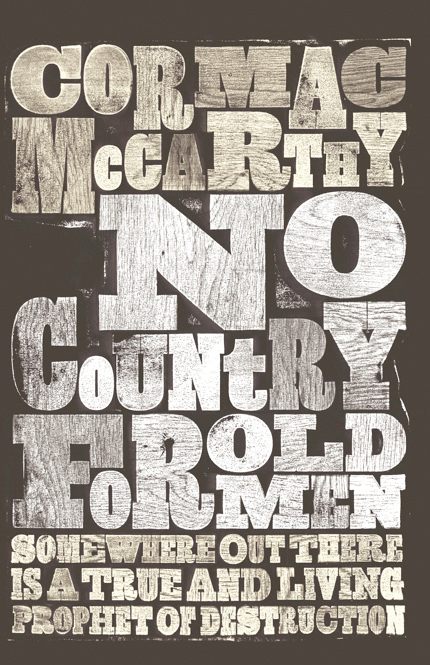 Design by David Pearson (not yet published/work in progress)
Design by David Pearson (not yet published/work in progress)
What does the future hold for book cover design?
It feels like this has been pretty well covered by people who are much more future literate than myself. All I can do, as a simple print designer, is live from day-to-day.
 Design by David Pearson (not yet published/work in progress)
Design by David Pearson (not yet published/work in progress)
Thanks David!
You can see more of David’s work at his Flickr page and the David Pearson Design site.
Like this:
Like Loading...
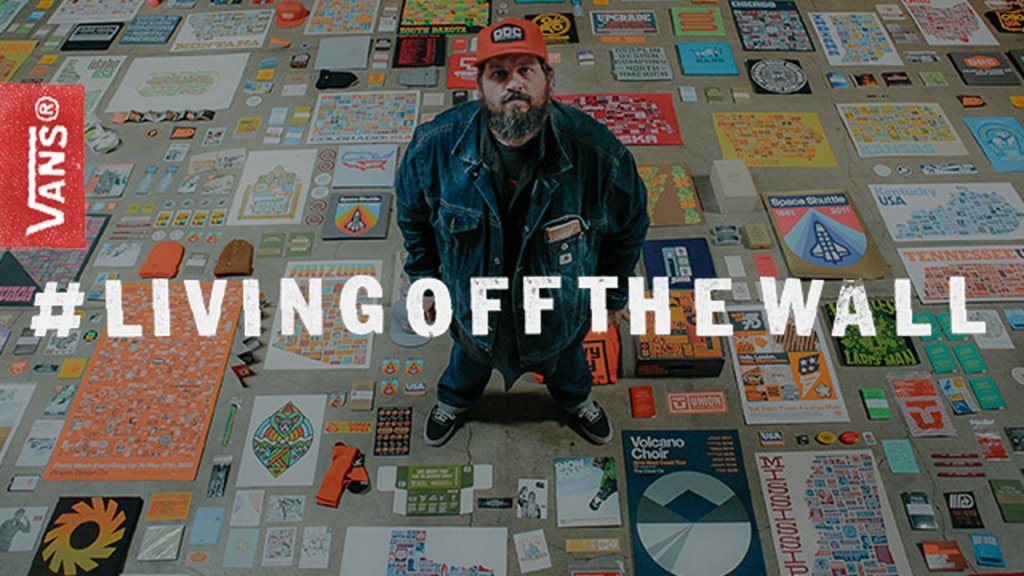




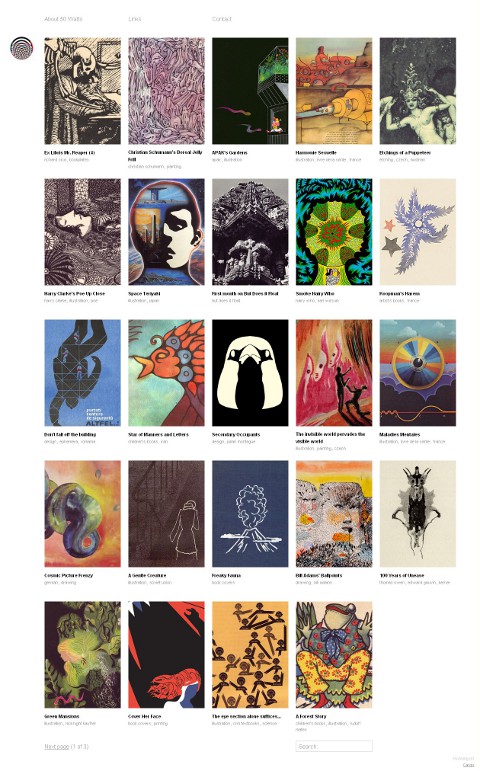
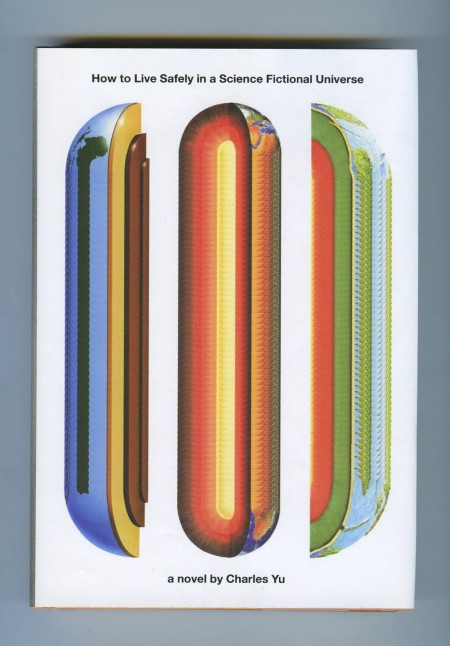
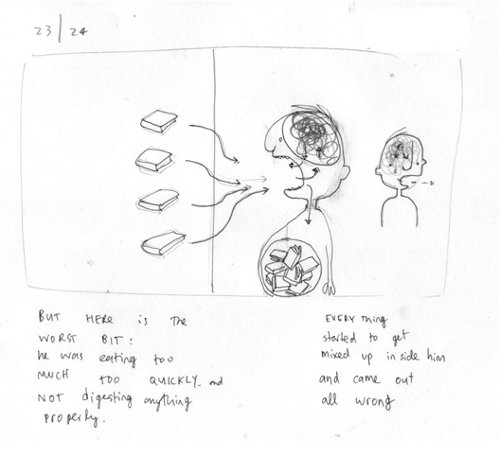

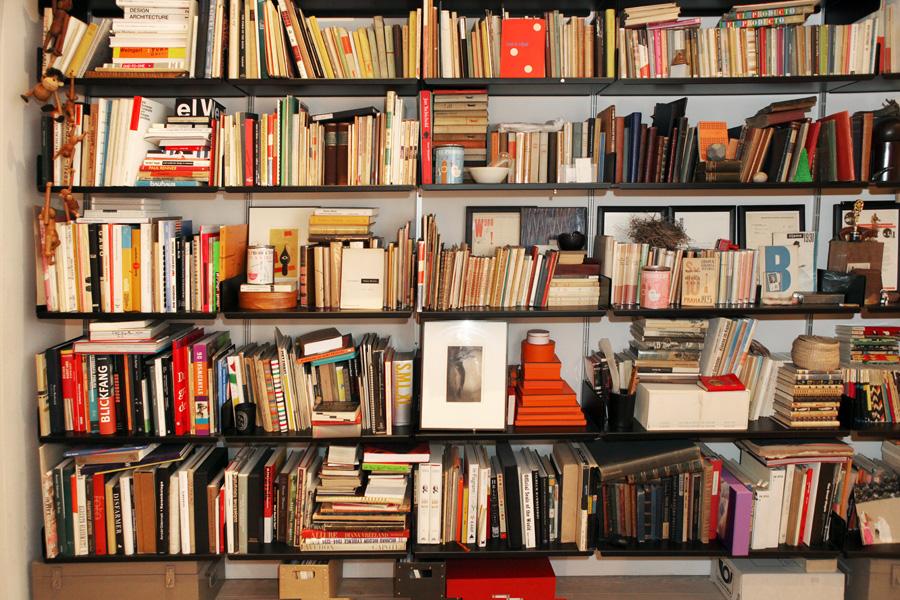
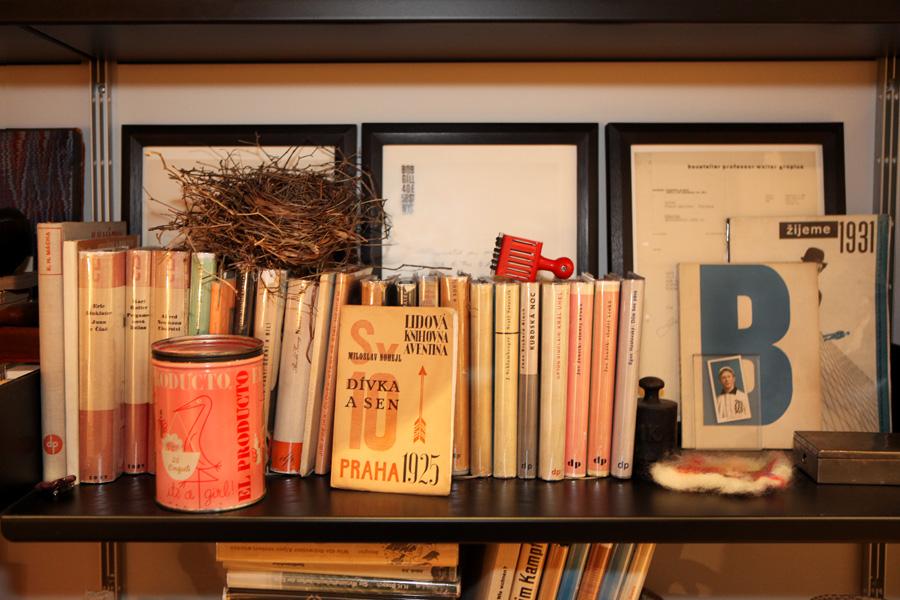




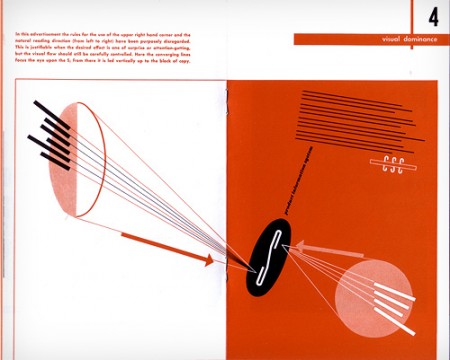
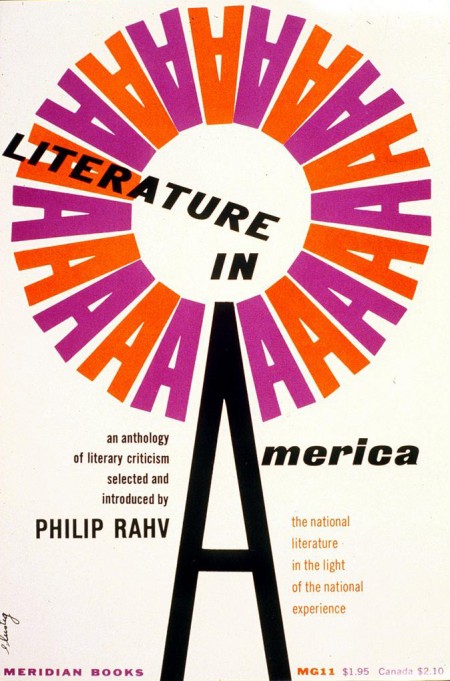

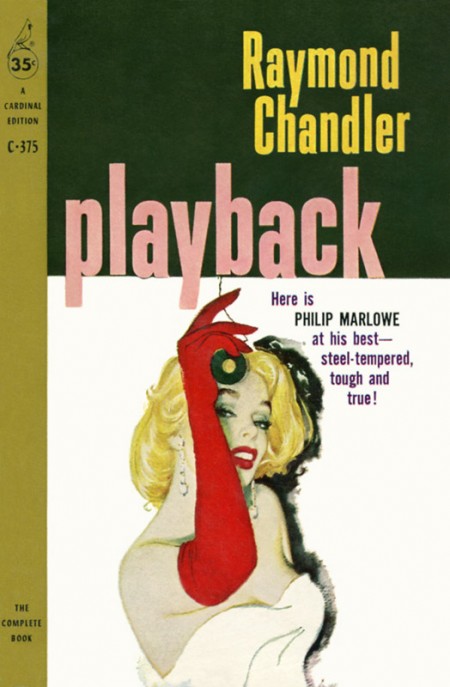
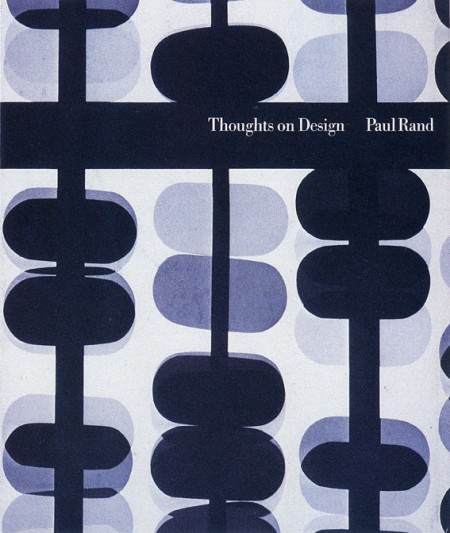
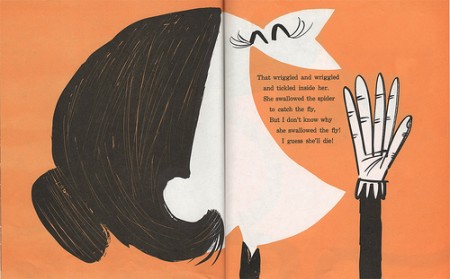
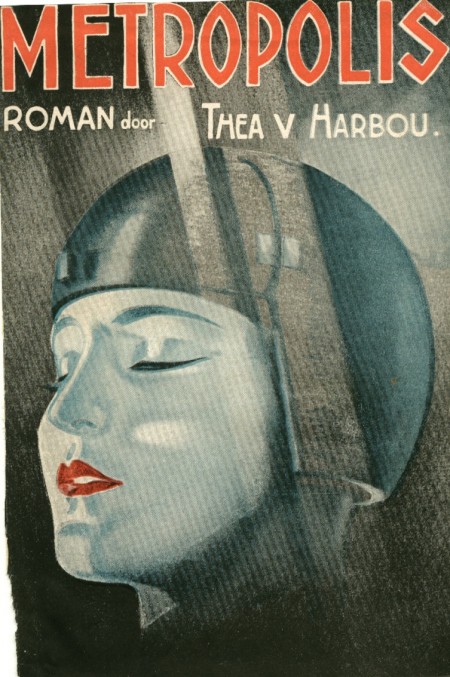



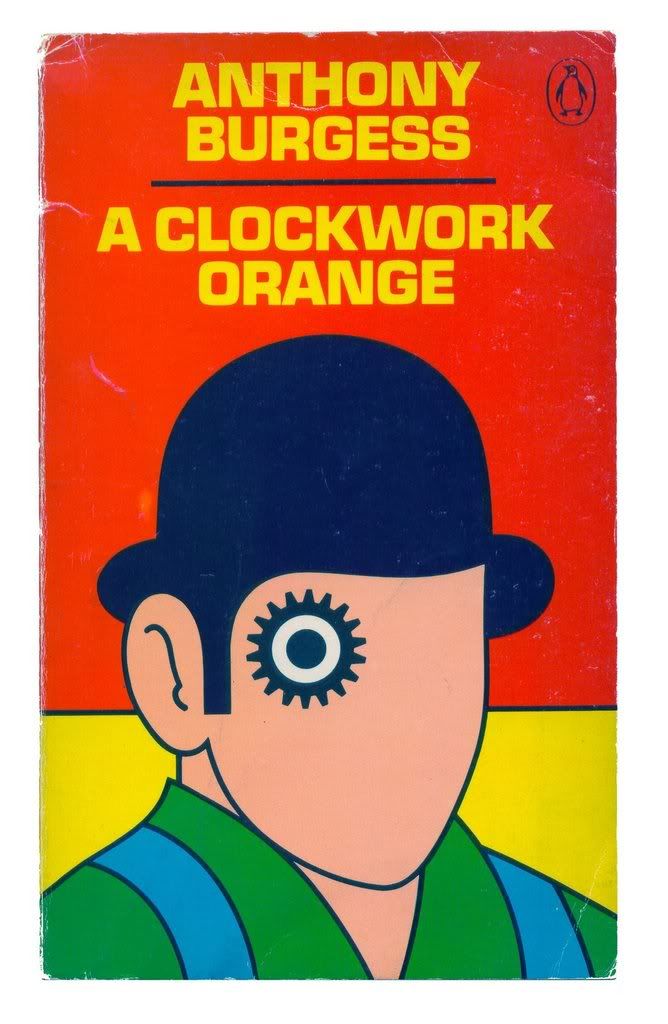
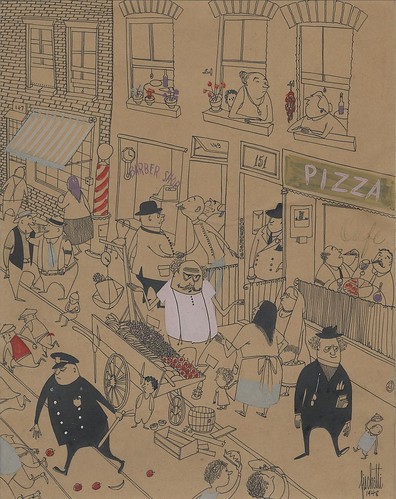
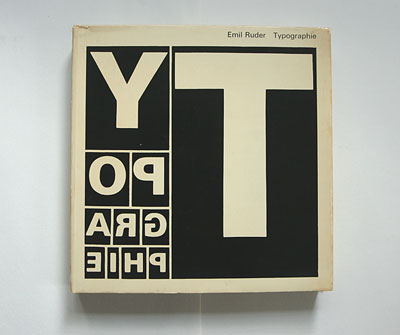
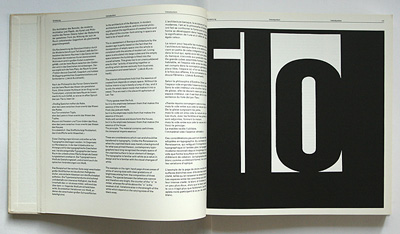






 Penguin Great Ideas
Penguin Great Ideas Illustration by Michael Kirkham; design by David Pearson
Illustration by Michael Kirkham; design by David Pearson This is a terrible question, but I’m curious: Which came first, your interest in Penguin’s design history, or designing books about Penguin’s design history?
This is a terrible question, but I’m curious: Which came first, your interest in Penguin’s design history, or designing books about Penguin’s design history? The Penguin archive
The Penguin archive Experimental layout from the Penguin archive
Experimental layout from the Penguin archive Artwork by Phil Baines; design by David Pearson
Artwork by Phil Baines; design by David Pearson Artwork and design by David Pearson
Artwork and design by David Pearson Artwork and design by David Pearson
Artwork and design by David Pearson Artwork and design by David Pearson
Artwork and design by David Pearson Artwork by Joe McLaren; design David Pearson
Artwork by Joe McLaren; design David Pearson Artwork and design by David Pearson
Artwork and design by David Pearson Design by David Pearson
Design by David Pearson Design by David Pearson
Design by David Pearson Illustration and design by David Pearson
Illustration and design by David Pearson Illustration by Victoria Sawdon; design by David Pearson
Illustration by Victoria Sawdon; design by David Pearson From David Pearson's ephemera collection
From David Pearson's ephemera collection Design by David Pearson (not yet published/work in progress)
Design by David Pearson (not yet published/work in progress) Design by David Pearson (not yet published/work in progress)
Design by David Pearson (not yet published/work in progress)